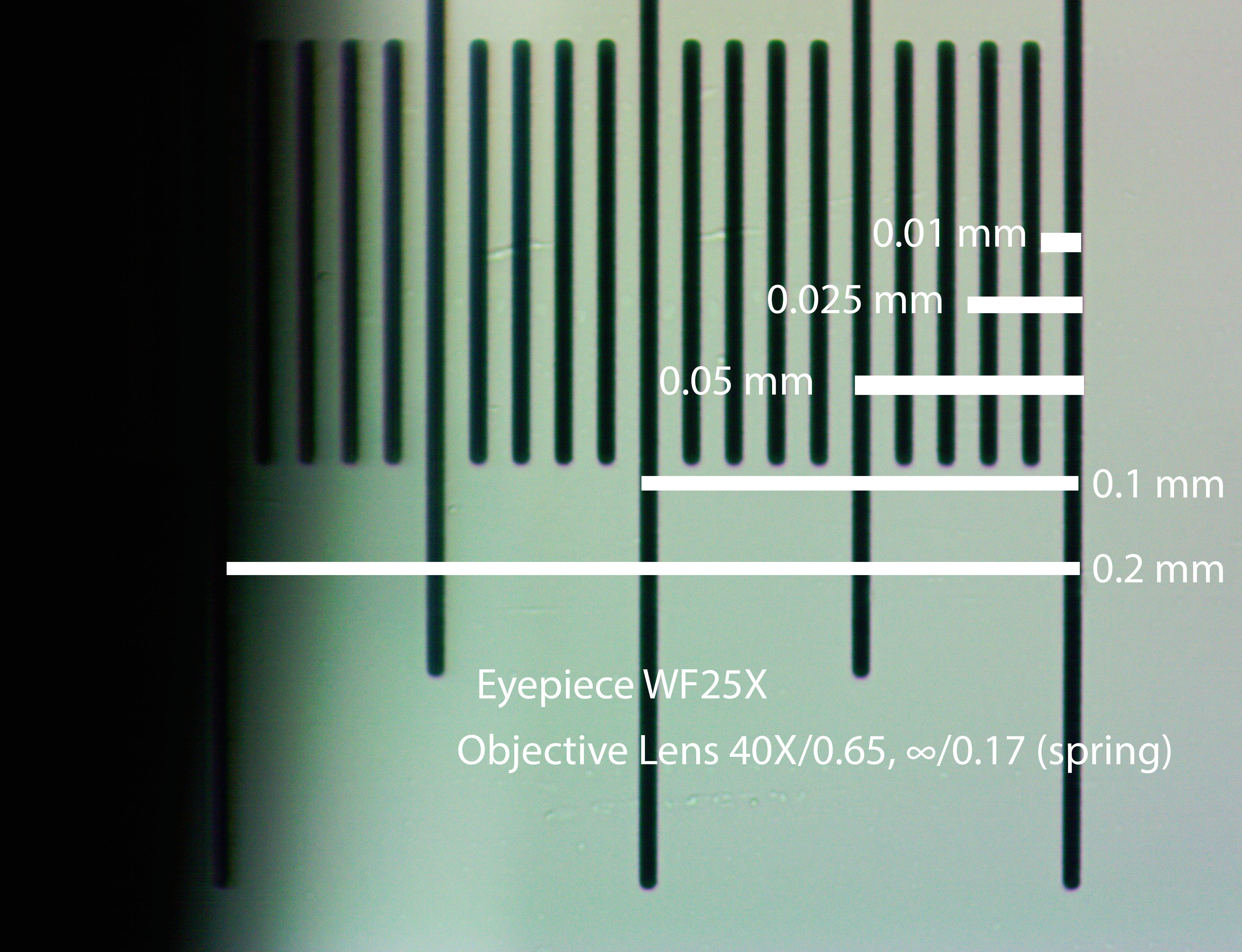
Microscopy is the study of objects and materials that are too small to be seen by the naked eye. It is a field of science that has revolutionized our understanding of the microscopic world and has numerous practical applications in a wide range of industries. In this article, we will introduce the field of microscopy and describe the different components of a microscope, the different types of condensers, and the standard operating procedures for using microscopes. We will also provide examples of the different things that can be seen with a microscope and discuss the importance of cleaning, maintenance, and upkeep.
Components of a Microscope
A microscope is an instrument that magnifies objects and allows them to be studied in detail. The main components of a microscope are the objective lens, the eyepiece, the stage, the light source, and the focus knobs. The objective lens is the lens closest to the object being studied and is responsible for magnifying the image. The eyepiece, also known as the ocular lens, magnifies the image further. The stage is the platform where the object is placed and is usually equipped with clips to secure it in place. The light source provides illumination for the object and is usually a bulb or LED. The focus knobs allow the user to adjust the focus of the image and bring it into clear view.
Condensers
Condensers are lenses that focus the light onto the object being studied. There are several types of condensers, each with different purposes and functions. The most common type of condenser is the Abbe condenser, which is used to focus light onto the object and produce a high-quality image. The brightness of the light can be adjusted by adjusting the aperture diaphragm, which is the adjustable opening that regulates the amount of light that reaches the object. Another type of condenser is the dark field condenser, which is used to enhance the contrast of the image by scattering light around the object, making it appear against a dark background.
Standard Operating Procedure for Using Microscopes
When using a microscope, it is important to follow a standard operating procedure to ensure the highest quality of images and to prevent damage to the microscope or to the user. The first step is to turn on the light source and adjust the brightness to an appropriate level. Next, place the object on the stage and secure it in place with the clips. Adjust the focus knobs until the image comes into clear view, starting with the coarse focus knob and then adjusting the fine focus knob for a more precise focus. If necessary, adjust the condenser to achieve the best image quality. When finished, turn off the light source and clean the lens with a lens cleaning solution and a lens cloth to prevent damage or contamination.
Examples of Microscopy Applications
There are many different things that can be seen with a microscope, including bacteria, cells, tissues, and minerals. Microscopes are used in a wide range of industries, including medicine, biology, materials science, and engineering. In medicine, microscopes are used to examine tissues and cells to diagnose and treat diseases. In biology, they are used to study organisms and their interactions with the environment. In materials science, they are used to examine the structure and properties of materials, such as metals and plastics. In engineering, they are used to examine the microstructure of materials and components to ensure quality and performance.
Cleaning, maintenance, and upkeep are important steps in ensuring the longevity and performance of a microscope. Regular cleaning of the lens and other components will prevent damage and contamination, which can degrade the quality of the images.